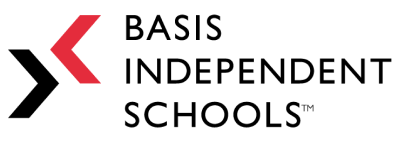At BASIS Independent Bothell, we seek applicants who have an interest in learning at an international level, a desire to make a contribution, a willingness to work hard, and an ambition to join a collaborative, supportive, and joyful community of peers, Learning Expert Teachers, and Subject Expert Teachers. Be ready to participate in a culture where academics are encouraged, learning is celebrated, and students have fun!
We are excited to know you are considering BASIS Independent Bothell, a Kindergarten – Grade 12 private school opening in Fall 2025! In order to both ensure student success and manage the popularity of our program, admissions is a selective process.
When applying, each family will work with members of the Admissions Team whose role is to welcome new families to our program and educate them on the benefits of a BASIS Independent Schools education. They are the guides through the application and admissions process.
Read below to learn more about the admissions process.
Step 1: Attend an Admissions Event (Optional)
Though not required, we strongly recommend you attend one of our Admissions Events to learn about our program before applying.
To view our upcoming Admissions Events, click here.
Step 2: Submit an Online Application
You will submit an application on our website with general student information. This will officially start the application process! After your application is processed, you will be able to access the Teacher Recommendation Forms, and Transcript Request Form, and schedule your student’s Play Date or Entrance Exam and Family Meeting.
Please note: Steps 3, 4, 5, and 6 can be done in any order, but must be completed after the application is submitted and before a family is issued an admissions decision.
Step 3: Teacher Recommendations (Kindergarten – Grade 1 Not Required, Grades 2 – 9 Required*)
You will be able to provide the recommendations directly to your child’s current teacher. We do not accept recommendations from past teachers, only current ones. As listed in the instructions of the recommendations, we do not accept documents from parents. All recommendations must be sent from the teacher to the Admissions Office directly.
*We understand some schools do not allow their teachers to write recommendations for students that are leaving their program. In these circumstances, the requirement can be waived.
Step 4: Transcripts (Kindergarten – Grade 1 Not Required, Grades 2 – 9 Required*)
You will be able to download a Transcript Request Form after submitting your application. This form requests your child’s current school send us a current-year report, along with the last two years. As listed in the instructions of the request form, we do not accept documents from parents. All transcripts must be sent from the school to the Admissions Office directly.
*Depending on an applicant’s prior school attendance, we understand a Grade 2 applicant may only be able to provide transcripts for years they attended school. In these circumstances, the requirement of three years of transcripts can be waived.
Step 5: Student Evaluation
Students applying for Kindergarten – Grade 1 will register for a one-on-one Virtual Play Date. Students applying for Grades 2 – 9 will register for a BASIS Independent Schools In-Person Entrance Exam. Both of these evaluations allow us to meet and interact with your child and determine if they are ready – academically, socially, and emotionally – to join our program in the grade for which they are applying.
Step 6: Virtual Family Meeting
At least one parent or guardian is required to attend this 20-30 minute Virtual Family Meeting. Students applying for Kindergarten – Grade 1 are not required to attend. Students applying to Grade 2 – 9 are required to attend. This meeting is a chance for us to get to meet your family, and your student, and learn a bit more about them in a one-on-one setting.
Once all supplementary materials are received and required meetings are attended, your application is complete!
If you have any questions, please contact us at bothell.admissions@basisindependent.com.

